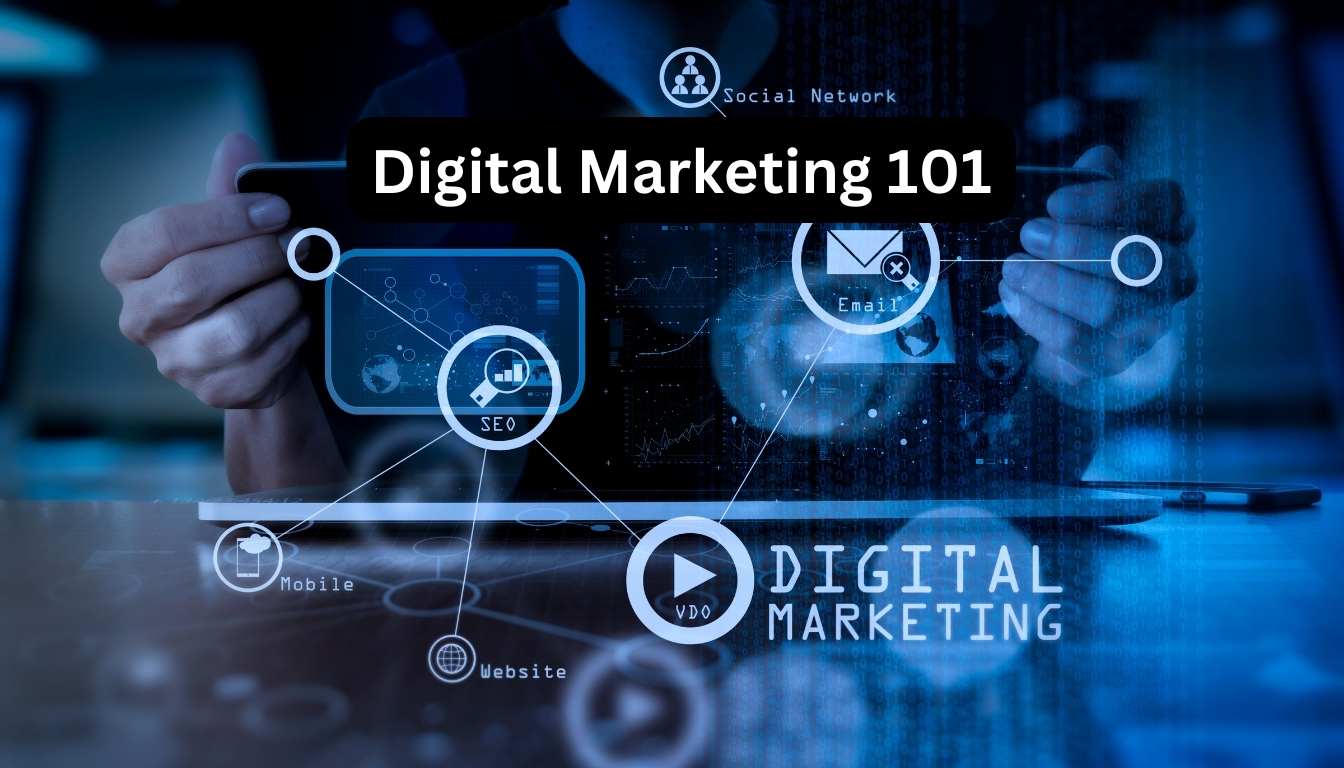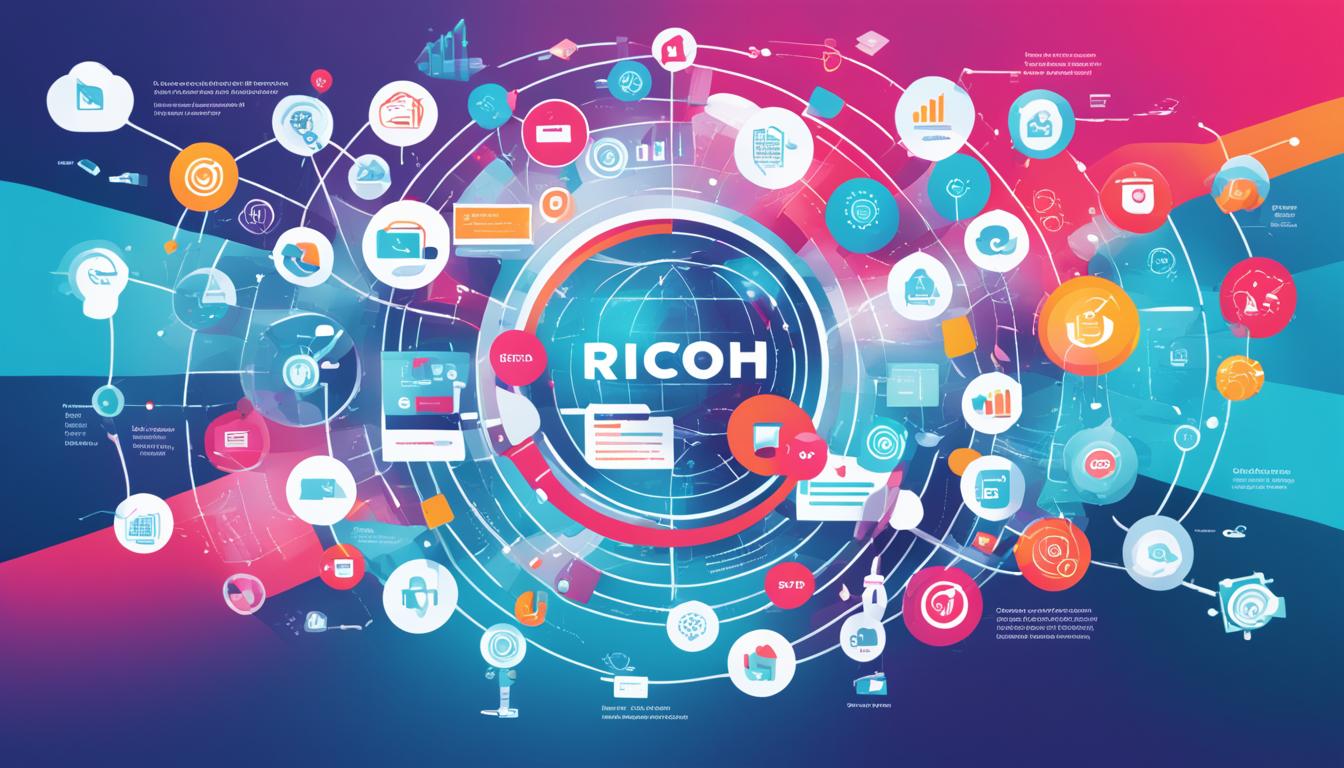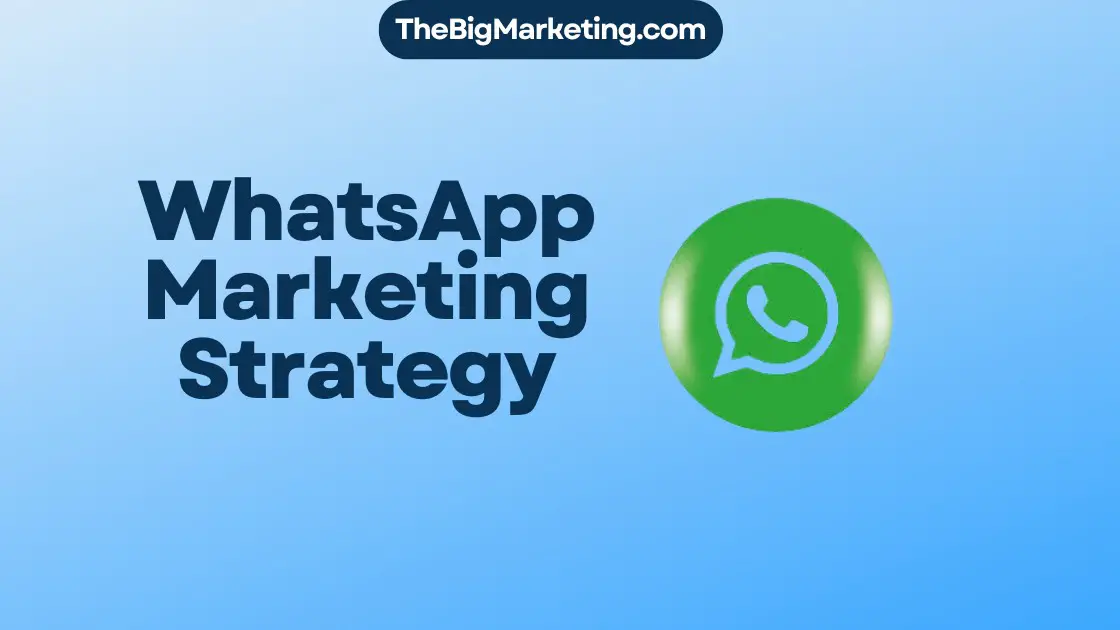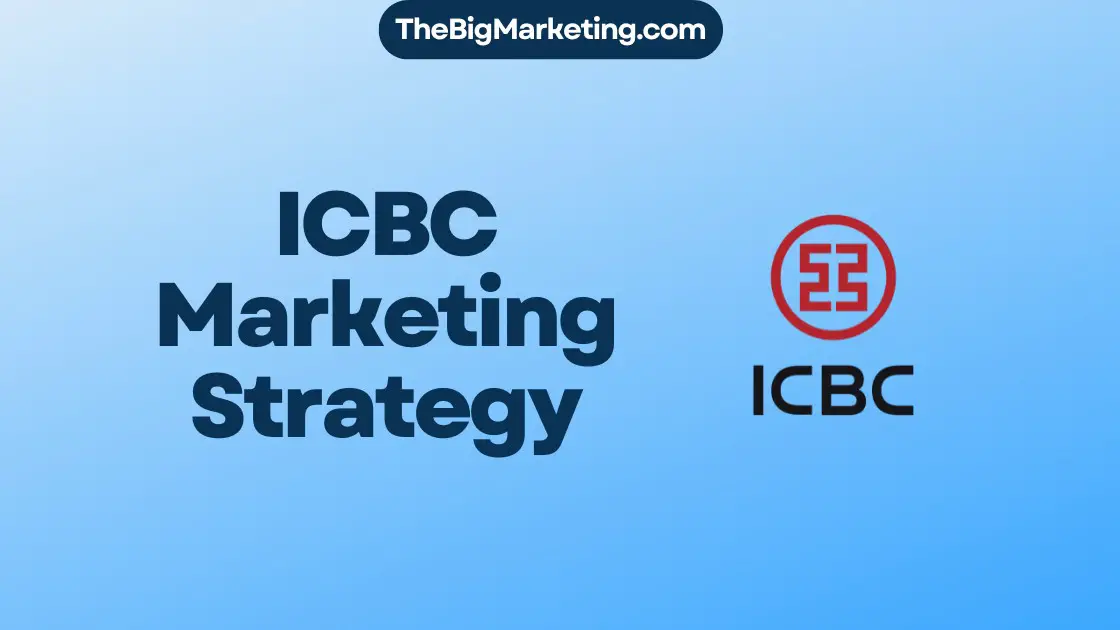Personalization in marketing is crucial for businesses to connect with their customers in a customer-centric market. According to an Epsilon study, 80% of consumers are more likely to do business with a company that offers personalized experiences. Digital transformation is essential for brands to improve customer experiences and remain competitive.
Key trends in personalized marketing for 2024 include:
- The increasing demand for personalization
- The focus on omnichannel personalization
- The use of first-party data to future-proof personalization efforts
- The need to balance personalization and consumer privacy
- The rising expectations for personalized experiences
As customers expect tailored experiences, businesses have to understand the importance of targeted campaigns, customer segmentation, data analytics, behavioral targeting, predictive modeling, omnichannel experiences, customer lifetime value, retargeting ads, and engagement optimization. Implementing these strategies will help businesses create impactful and personalized marketing campaigns that resonate with their target audience.
Key Takeaways:
- Personalization is crucial in today’s customer-centric market.
- 80% of consumers are more likely to do business with a company that offers personalized experiences.
- Key trends in personalized marketing for 2024 include the increasing demand for personalization and the focus on omnichannel experiences.
- First-party data usage is essential to future-proof personalization efforts.
- Businesses need to balance personalization and consumer privacy.
What is Personalized Marketing?
Personalized marketing is a powerful strategy that leverages customer data to deliver targeted messages and create individualized experiences. By utilizing customer data, businesses can tailor their marketing efforts to speak directly to the interests, needs, demographics, and buying behavior of their target audience.
Personalized marketing goes beyond generic mass messaging and takes into account the unique preferences and behaviors of each customer. This level of personalization creates a sense of exclusivity and relevance, making customers feel like the brand message was created specifically for them.
Leading companies like Amazon, Netflix, and YouTube have revolutionized personalized marketing through the use of sophisticated algorithms. These algorithms analyze customer data to suggest products, films, and videos that align with individual preferences and viewing habits. This level of personalization enhances the customer’s experience and increases engagement with the brand.
Personalized marketing extends beyond digital channels and can manifest in various forms, such as tailored product recommendations, personalized emails, or customized website experiences. The goal is to provide customers with a unique and memorable interaction that makes them feel special and understood by the brand.
To successfully implement personalized marketing, businesses must make use of the valuable customer data they have collected. By leveraging this data, companies can craft targeted messages and experiences that resonate with their customers on a deeper level.
For example, let’s consider the case of an e-commerce retailer. By analyzing a customer’s purchase history, browsing behavior, and demographic information, the retailer can send personalized product recommendations that align with the customer’s interests and preferences. This targeted approach increases the chances of conversion and customer satisfaction.
In summary, personalized marketing is all about using customer data to deliver tailored messages and experiences. By understanding their audience on an individual level, businesses can create meaningful connections and drive engagement with their brand.
Current Personalized Marketing Trends
Keeping up with the latest trends in personalized marketing is crucial for businesses looking to build customer loyalty and deliver effective omnichannel personalization. In a study conducted by Twilio named “The State of Personalization 2022,” several key trends have emerged, shaping the future of personalized marketing.
The Increasing Demand for Personalization
A significant trend in personalized marketing is the growing demand for personalized experiences among consumers. Research shows that customer loyalty heavily depends on the level of personalization provided by a brand. In fact, 62% of consumers state that they are more likely to stay loyal to a brand that offers personalized experiences. This indicates that businesses need to invest in robust personalized marketing strategies to retain their customer base.
The Importance of Omnichannel Personalization
Omnichannel personalization, the practice of delivering consistent and tailored experiences across multiple channels, is another significant trend. However, only 35% of companies feel confident in achieving true omnichannel personalization. This highlights the need for improvement in creating seamless and cohesive customer experiences. Brands must invest in integrating their touchpoints effectively to provide a unified journey regardless of the channel the customer engages with.
The Role of First-Party Data in Future-Proofing Personalization
Future-proofing personalized marketing efforts involves collecting and utilizing first-party data. This data comes directly from the customers and is gathered through interactions with a brand’s website, social media, or other channels. By leveraging first-party data, businesses can gain a deeper understanding of their customers and deliver highly personalized experiences. This not only improves the effectiveness of marketing campaigns but also builds trust and strengthens customer relationships.
Finding a Balance: Personalization vs. Privacy
The rise of personalization has raised concerns about privacy. As consumers expect more personalized experiences, businesses must find a delicate balance between personalization and consumer privacy. Striking the right balance includes being transparent about data collection and usage, obtaining proper consent, and implementing robust security measures to protect customer information.
| Trends | Description |
|---|---|
| Increasing Demand for Personalization | Consumers expect personalized experiences and are more likely to remain loyal to brands that deliver them. |
| Omnichannel Personalization | Efforts to provide consistent and tailored experiences across multiple channels. |
| First-Party Data | Collecting and leveraging data directly from customers to inform personalized marketing strategies. |
| Personalization vs. Privacy | Finding a balance between delivering personalized experiences and respecting consumer privacy. |
By staying abreast of these trends, businesses can adapt their personalized marketing strategies to meet evolving customer expectations and achieve better results.
Benefits of Personalized Marketing
Personalized marketing offers numerous benefits that can significantly impact a business’s success and growth. By delivering tailored experiences, brands can establish improved customer relationships, foster higher customer engagement, enhance brand loyalty, achieve improved conversion rates, and drive increased sales and revenue.
One of the significant advantages of personalized marketing is its ability to build stronger customer relationships. By utilizing customer data to create targeted messages and experiences, brands can establish a deeper connection with their audience. This personalized approach makes customers feel valued and understood, resulting in increased customer trust and loyalty.
Furthermore, personalized marketing has a direct impact on customer engagement. Tailoring messages and content to each individual’s preferences, needs, and demographics increases the relevance and interest for customers. This targeted approach captures their attention, driving higher levels of engagement and interaction with the brand’s marketing efforts.
Improved brand reputation is another benefit of personalized marketing. By delivering personalized experiences that cater to individual customer needs, brands become known for their customer-centric approach. This positive brand perception can lead to increased brand loyalty and advocacy, as satisfied customers are more likely to recommend and speak positively of a brand.
Personalized marketing is also highly effective in improving conversion rates. By providing customers with tailored recommendations, offers, and messages, brands can significantly increase the likelihood of converting leads into paying customers. This targeted approach ensures that customers receive content and offers that align with their specific interests and needs, resulting in more successful conversions.
Moreover, personalized marketing plays a crucial role in driving increased sales and revenue. By delivering personalized experiences, brands can cut through the noise and stand out in a crowded marketplace. Customers have come to expect personalized marketing, and delivering it well can make a substantial difference in driving sales and revenue growth.
In summary, personalized marketing offers a range of benefits, including improved customer relationships, higher customer engagement, enhanced brand reputation, increased brand loyalty, improved conversion rates, increased sales and revenue, and improved bottom lines. It has become an essential strategy for brands looking to connect with their customers on a deeper level and achieve sustainable growth in today’s highly competitive market.
Personalized Marketing Types and Examples
Personalized marketing encompasses various approaches to deliver targeted messages to specific audiences. By understanding different types of personalized marketing, businesses can tailor their strategies and engage customers on a deeper level. Two common types of personalized marketing are push-based and pull-based marketing.
Push-based Marketing
Push-based marketing involves using customer data to create individualized content that is delivered through various channels. This approach focuses on proactively pushing tailored messages to the audience. One example of push-based marketing is the use of personalized emails.
| Example | Company |
|---|---|
| Spotify personalized emails with music recommendations | Spotify |
| Updates on favorite artists and curated playlists | Spotify |
In this example, Spotify uses customer data, such as listening preferences and favorite artists, to create personalized emails. These emails include music recommendations, updates on favorite artists, and curated playlists. By delivering content that aligns with individual preferences, Spotify enhances customer engagement and builds a stronger connection with its audience.
Pull-based Marketing
Pull-based marketing, on the other hand, does not require collecting customer data before sending personalized messages. Instead, brands create personalized offers that customers opt into by providing their information willingly. This approach focuses on attracting customers through personalized content and incentives.
| Example | Company |
|---|---|
| Opt-in personalized content based on preferences | TED |
TED, known for its inspiring talks, uses an opt-in form to deliver personalized content to its subscribers. Based on preferences indicated during sign-up, TED provides personalized recommendations and curated content that aligns with the subscriber’s interests. This pull-based strategy allows TED to engage its audience with content they find relevant and valuable.
Dynamic content is another crucial aspect of personalized marketing. It involves presenting tailored content to individual users based on their preferences and behaviors. This could include dynamically changing website elements, personalized product recommendations, or content variations.
By utilizing push-based and pull-based marketing strategies, as well as leveraging dynamic content, businesses can create more engaging and relevant experiences for their customers. These personalized approaches help build stronger connections, improve customer satisfaction, and increase conversions.
6 Best Marketing Personalization Tools
Implementing personalized marketing campaigns requires the right tools. Here are six top marketing personalization tools that can help businesses enhance their marketing strategies:
1. OptiMonk
OptiMonk is a powerful website personalization platform. It enables businesses to deliver personalized messages and experiences to website visitors to increase conversions and drive engagement. With OptiMonk, you can create targeted pop-ups, personalized overlays, and dynamic content that adapt to each visitor’s preferences and behavior.
2. HubSpot
HubSpot is a comprehensive content management system that allows for website personalization. It provides a range of tools and features to create, personalize, and optimize web pages, blog posts, and landing pages. HubSpot’s user-friendly interface makes it easy to implement personalized content and deliver tailored experiences to your audience.
3. Proof
Proof is a tool that helps businesses build trust through personalized social proof badges. These badges show real-time activity, such as recent purchases, sign-ups, and downloads, to create a sense of urgency and credibility. By leveraging social proof, Proof helps businesses increase conversions and build customer trust.
4. Segment
Segment is a customer data platform that allows businesses to collect and unify customer-specific events data from various sources. It enables marketers to understand their customers better, create highly targeted segments, and deliver personalized marketing campaigns across multiple channels. With Segment, you can build more accurate customer profiles and provide relevant personalized experiences.
5. Google Optimize
Google Optimize is a powerful tool for website testing and personalization. It allows marketers to experiment with different variations of their website content and design to determine what resonates best with their audience. Google Optimize provides insightful data and analytics to optimize user experiences and improve conversion rates.
6. Netcore Cloud
Netcore Cloud is a comprehensive personalization platform that offers dynamic content adjustments and interactive widgets. It allows businesses to tailor their website content, emails, and mobile app experiences based on individual preferences, behavior, and other relevant data. Netcore Cloud empowers marketers to create seamless, personalized customer journeys across touchpoints.
These marketing personalization tools provide powerful features and capabilities that can help businesses implement effective personalized marketing campaigns. By leveraging these tools, you can deliver tailored experiences, deepen customer engagement, and drive better results for your business.
How to Get Started With Personalized Marketing
To kickstart your personalized marketing journey, it’s crucial to develop a solid personalization strategy that aligns with your marketing objectives at every stage of the customer journey. This strategy will serve as your roadmap to create individualized experiences that leave a lasting impact on your customers.
1. Define Your Personalization Strategy
Start by identifying the key touchpoints and customer segments that will benefit most from personalization. Conduct market research and customer surveys to gain insights on customer preferences and needs. This will help you tailor your messaging, offers, and content to suit their unique requirements. Furthermore, establish clear goals and key performance indicators (KPIs) to measure the success of your personalized marketing efforts.
2. Plan Effective Data Collection
Data is the foundation of personalized marketing, so it’s essential to have a robust data collection strategy in place. Determine the types of customer data that are most relevant to your objectives and identify the appropriate data collection methods. Consider leveraging various sources such as website analytics, CRM systems, email subscriptions, and social media interactions to gather valuable insights about your customers. Ensure compliance with data privacy regulations and maintain the highest standards of data security.
3. Select the Right Technology Stack
Choosing the right technology stack is critical to implementing successful personalized marketing campaigns. Invest in a comprehensive customer relationship management (CRM) system that enables seamless data integration and segmentation. Explore personalization tools that utilize machine learning and data analytics to automate and optimize your marketing efforts. A solid technology stack will empower you to deliver personalized experiences efficiently and at scale.
4. Create Compelling Personalized Content
The key to effective personalized marketing is delivering relevant and engaging content to your customers. Develop a content strategy that focuses on content personalization techniques such as dynamic content, product recommendations, and customized messaging. Leverage customer data to create personalized emails, website content, and social media campaigns. Tailor your content to meet the specific needs and interests of each customer segment, ensuring that your messaging resonates with them on a personal level.
5. Promote Your Personalized Campaigns
Once your personalized content is ready, it’s time to promote your campaigns through various channels. Leverage email marketing, social media advertising, and targeted ad placements to reach your intended audience. Utilize data-driven insights to optimize your campaigns and maximize their impact. Monitor the performance of your campaigns closely, measure key metrics, and make data-backed adjustments to continuously improve your personalized marketing efforts.
Implementing artificial intelligence (AI) applications can enhance your data insights and further personalize your marketing campaigns. AI-powered technologies can help automate data analysis, identify patterns, and predict customer behaviors, enabling you to deliver highly targeted and impactful marketing messages.
By following these steps and continuously refining your personalized marketing strategy, you can unlock the full potential of personalized marketing and create meaningful connections with your customers.
| Getting Started with Personalized Marketing | Personalization Strategy | Data Collection | Technology Stack | Marketing Campaigns | AI Applications |
|---|---|---|---|---|---|
| ✓ | ✓ | ✓ | ✓ | ✓ | ✓ |
The Ascent of the Metaverse in Marketing
The concept of the metaverse presents new possibilities for marketers. The metaverse is a virtual realm for connection, exploration, and transactions, with a projected value reaching $678.8 billion by 2030.
Nike and H&M are examples of brands that have effectively used the metaverse to engage with users and create immersive brand experiences. By leveraging the metaverse, these brands have been able to connect with their audiences on a deeper level, offering virtual experiences that go beyond what is possible in the physical world.
In the metaverse, brands like Nike and H&M can create immersive brand environments where consumers can interact with their products, virtually try them on, and explore virtual stores. This allows for a unique and personalized shopping experience that is tailored to each individual’s preferences and interests.
Through digital marketing strategies, brands can promote their presence in the metaverse, enticing customers to engage with their virtual experiences. By tapping into the metaverse, brands can reach a wider audience, expand their digital footprint, and stay ahead of the curve in a rapidly evolving digital landscape.
Benefits of the Metaverse in Marketing
The metaverse offers several advantages for brands venturing into this virtual realm:
- Enhanced Engagement: The metaverse provides a highly interactive platform where consumers can actively engage with brands and products, leading to increased brand engagement and customer loyalty.
- Immersive Brand Experiences: Through immersive brand environments, brands can create unique experiences that captivate customers and strengthen brand perception.
- Virtual Product Exploration: The metaverse allows customers to virtually explore and interact with products, providing a realistic and informative shopping experience.
- Expanded Reach: By embracing the metaverse, brands can tap into a global audience and connect with customers from all around the world, transcending geographical boundaries.
- Innovation and Differentiation: Brands that embrace the metaverse can position themselves as pioneers in their industry, showcasing their commitment to innovation and staying at the forefront of digital marketing trends.
Case Study: Nike and H&M in the Metaverse
Nike and H&M are prime examples of brands that have successfully embraced the metaverse to create immersive virtual experiences for their customers.
Nike’s foray into the metaverse includes virtual stores where customers can browse and purchase their latest collections. They have also created virtual events and experiences, such as virtual races and interactive workouts, to engage with their audience in innovative ways.
H&M, on the other hand, has utilized the metaverse to showcase their latest fashion collections through virtual catwalks and interactive virtual showrooms. Customers can virtually try on clothes and accessories, enabling them to make informed purchase decisions.
Through these immersive brand environments, both Nike and H&M have been able to cultivate stronger connections with their customers, foster brand loyalty, and provide unique shopping experiences that differentiate them from their competitors.
The Surge of Programmatic Advertising
Programmatic advertising has revolutionized the way brands buy and place ads, leveraging technology and strategy to optimize efficiency and precision. This automated approach enables brands to reach their target audiences more effectively, resulting in higher engagement rates and improved advertising performance.
An excellent example of programmatic advertising in action is Spotify, a music streaming platform that delivers personalized ads based on users’ listening habits. By leveraging data-driven marketing techniques, Spotify can deliver highly relevant ads to its users, resulting in increased engagement and conversion rates.
Data-driven marketing plays a crucial role in programmatic advertising. Brands can harness the power of data analysis to gain valuable insights into customer preferences and trends. By utilizing this data, brands can make informed decisions about ad placements, targeting specific audience segments with greater precision.
Programmatic Advertising Benefits:
- Efficiency: Programmatic advertising automates the entire ad buying process, eliminating manual tasks and streamlining campaign management.
- Precision: Leveraging data-driven insights allows brands to target specific audience segments with greater accuracy, improving campaign effectiveness.
- Increased Reach: Programmatic advertising enables brands to reach a broader audience across various channels and devices.
- Improved ROI: By delivering personalized ads to the right audience, programmatic advertising generates higher engagement and conversion rates, resulting in improved return on investment.
Content marketing also plays a pivotal role in programmatic advertising. By creating and distributing valuable content, brands can attract and engage specific target audiences, further enhancing the effectiveness of their programmatic ad campaigns.
| Key Factors | Programmatic Advertising | Traditional Advertising |
|---|---|---|
| Automation | Programmatic advertising automates ad buying and placements, maximizing efficiency and accuracy. | Traditional advertising requires manual processes, leading to longer lead times and increased costs. |
| Targeting | Utilizes data-driven insights to target specific audience segments with precision. | Relies on broad demographic targeting, resulting in less targeted advertising efforts. |
| Real-Time Optimization | Allows for real-time ad optimization based on performance data, improving campaign effectiveness. | Optimization is time-consuming and requires manual adjustments to achieve desired outcomes. |
| Personalization | Enables personalized ad delivery based on user preferences and behavior, enhancing user experience. | Less opportunity for personalized ad delivery, leading to generic messaging that may not resonate with audiences. |
Conclusion
As we look to the future of digital marketing, it is clear that personalized marketing strategies will play a crucial role in driving success for businesses. To stand out in the competitive marketplace and build meaningful connections with customers, companies must prioritize personalization. This involves leveraging data analysis to gain insights, adopting a customer-centric approach, and utilizing predictive analysis and AI-powered personalization.
However, while personalized marketing offers numerous benefits, it also presents challenges and ethical considerations. Privacy concerns must be addressed to ensure that customer data is used responsibly. Businesses need to strike a balance between personalization and respecting customer privacy.
By embracing personalized marketing and overcoming these challenges, brands can achieve remarkable return on investment (ROI) and create lasting relationships with their customers. The future of digital marketing lies in the ability to deliver personalized experiences that resonate with individuals on a deeper level. With the right strategies and ethical considerations in place, businesses can harness the power of data analysis, customer-centricity, predictive analytics, and AI-powered personalization to drive growth and success.







